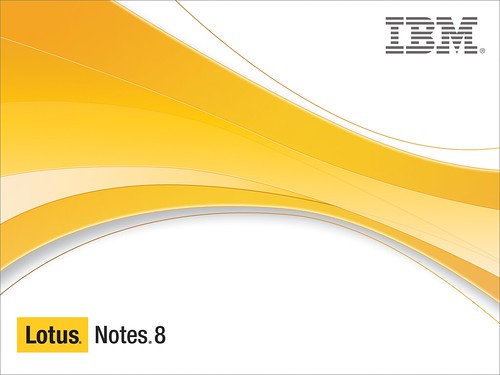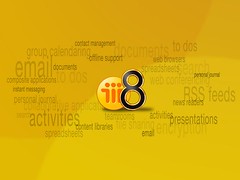Gartner published a press release with some interesting information about Instant Messaging (IM), saying “Instant Messaging Will Be De Facto Tool for Voice, Video and Text Chat by The End of 2011” (David Mario Smith, Gartner). I first saw it at Adam Gartenberg’s blog, and later at Chris Pepin’s, and I’m sure other advocated of Lotus and Collaboration software will pick it up later. The main points of Gartner are:
- For many knowledge workers, instant messaging (IM) is as critical as having access to a telephone or to e-mail
- Gartner predicts that by the end of 2011, IM will be the de facto tool for voice, video and text chat with 95 percent of workers in leading global organisations using it as their primary interface for real-time communications by 2013
- Gartner advocates the use of enterprise grade IM from vendors including IBM and Microsoft to ensure that IM traffic is secure behind the firewall.
- “The business benefits that IM can bring are considerable,” added David Smith. “The ability to connect people in disparate locations by text, voice and video in one application is incredibly powerful and is equally well suited to an informal ‘water cooler’ atmosphere as well as more formal group communications.”
- Although IM is displacing existing communications channels, such as email, in many instances, Mr Smith is clear that there is no danger of it actually replacing email in the enterprise outright. “Rather than replacing email, IM will augment and complement the use of email,” he said.
- What makes IM work has always been presence technology, and business users are beginning to see the benefit of using presence across multiple applications,” said David Smith.
As my colleagues (and several analysts) mentioned, IBM is already taking the lead in corporate IM, leading by example. Lotus Sametime 7.5.1 offers a real-time, multilingual, open, collaboration platform, that allows for 3rd party extensions and plug-ins.
You can read more about IBM’s internal deployment of Sametime in Chris Pepin’s presentation, which was delivered at LotuSphere 2007.
Gartner’s article pushed me to perform a little search on IM and I found another interesting article, from Network Computing, about Mobile IM – which is really the next logic step of instant messaging.. especially with the quick adaption of mobile devices and the ability to connect from multiple devices, using Wi-Fi, 3G or WiMax networks. NC quoted a study performed by Forrester Research, that asked 4,548 students between the ages of 12 and 21 about their No. 1 must-have mobile phone feature, IM was the top choice, nearly twice as popular as mobile e-mail. And as we all know, teens are the employees of tomorrow.
The article also mentions IBM, saying “We were impressed by the degree of effort IBM has put into its Lotus Sametime Mobile client. Not only does the Sametime client communicate directly with a Sametime server using wireless IP services, it also operates on a wide range of devices, including Windows Mobile, BlackBerry and Nokia Symbian E Series.”
Very interesting reading, but free some time, it’s quite long (you can download a PDF version, it’s easier).



